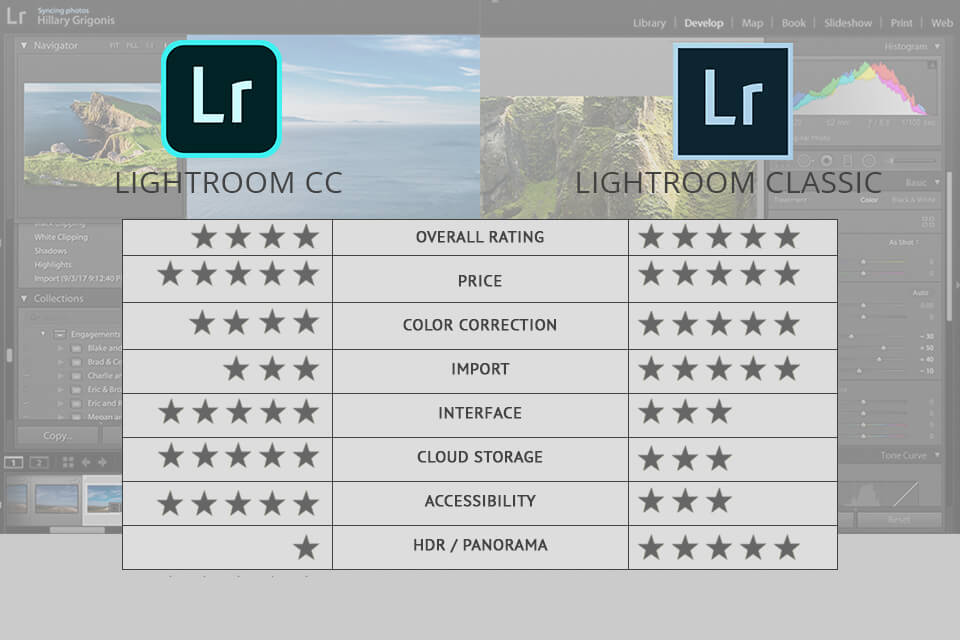

- #LIGHTROOM CLASSIC 11 HOW TO#
- #LIGHTROOM CLASSIC 11 MAC OS#
- #LIGHTROOM CLASSIC 11 INSTALL#
- #LIGHTROOM CLASSIC 11 ZIP FILE#
- #LIGHTROOM CLASSIC 11 WINDOWS#
After choosing the Select Subject option, within a few seconds the couple is painted in red where the Develop effects can be applied.
#LIGHTROOM CLASSIC 11 ZIP FILE#
Along with this, the Auto Mask tool has gotten more accurate as well. Installing presets in Lightroom Classic (version 7.3 or later) Extract the ZIP file with the presets that you downloaded (desktop version). So instead of using your hotkeys, just simply click the masking tool to the far right and you’ll see quick options to choose: Select Subject, Select Sky which uses AI to automate selections. Now that masking has evolved, we must rewire our brains to use it efficiently. If you strike the “k” key you still get to the adjustment brush but you’ll notice a new panel pop up with what looks like layers. With a new interface in Develop, you’ll notice your crop, spot removal, red eye, graduated and radial filter and adjustment brush tools have changed in look. With the new masking tool comes a learning curve. Just a few extra tips before getting started. It also helps if you create a brand new catalog in the new version instead of upgrading catalogs.
#LIGHTROOM CLASSIC 11 INSTALL#
Also, be sure to install the latest 11.0.1 patch update to reduce bugs like presets not syncing and other reported issues. Of course, if you haven’t updated to Lightroom Classic v11, I encourage you to take advantage of the new masking feature. You can now quickly add a mask to select specific subject(s) and sky, and even refine masks to a whole new level. Masking in Lightroom Classic just became game-changing due to its pairing with AI. With Adobe’s recent release of Lightroom Classic version 11, we are finally seeing a huge overhaul well overdue.
#LIGHTROOM CLASSIC 11 MAC OS#
It’s busy season for most of us and what better time for Adobe to drop a new version of Lightroom Classic, right? Not only that, but Apple released Mac OS Monterey and silicon chips for creatives.

#LIGHTROOM CLASSIC 11 WINDOWS#
In Windows Explorer, right-click on your file, choose Properties and go to the Details tab – this will show the copyright, but not the contact information.Top 3 Tips For the New Masking Tool in Lightroom Classic v11 with Dustin Lucas On Mac, it can also be viewed in Preview: Open the photo in Preview, go to Tools>Show Inspector, click on the information tab (i), and then the IPTC tab. People can also view this information using Adobe Bridge. menus of previous versions with version 11 for Lightroom masking.
#LIGHTROOM CLASSIC 11 HOW TO#
Viewing the Information: In the video above I show you how to view the information you have added using the Metadata panel in Lightroom Classic. So, it does not matter if you are using Lightroom Classic, Lightroom CC, the Lightroom. To write information onto your photos themselves, use the Watermarking functionality in the Export dialog. This information will then tag along with your photos in the file properties data - it will not be written across your photos. Copyright Office – having added your copyright information to the photo metadata might not be sufficient to pursue a claim against someone who has stolen your photo.įor those of you who prefer written instructions rather than watching a video, here’s an article from a few years ago explaining how to create and apply a copyright metadata preset.Įxporting Copyright and Contact Information: If you want your copyright and contact information to tag along with your photos when you export copies, then in the Metadata section of the Export dialog towards the bottom be sure to choose Copyright and Contact Info (or All Metadata). photographers: you should also register your photos with the U.S. Even if you’re in a different country that doesn’t require this, I think it is good information to have in your photos’ metadata. © 2019 Laura Shoe), so you should create a metadata preset or update your existing one at the beginning of each year. Copyright Office states that your copyright should take the form of “© YYYY Your Name” (e.g. Click here for a tutorial on watermarking. Note that this won’t display your copyright on your images – that functionality is called “watermarking” and it’s optionally done when you export copies of your images or when you create output with the Print, Slideshow or Web modules. If you forget during import you can also add this afterwards in the Library module.

In Lightroom Classic CC and in Lightroom 6 (and earlier versions) you can set up a “metadata preset” to automatically add this information as you import photos and videos.

I recommend adding copyright and contact information to your photos’ and videos’ metadata so that when you share these photos with the outside world, the data automatically tags along with them and people can get in touch with you if they come across your photos and want to use them.


 0 kommentar(er)
0 kommentar(er)
